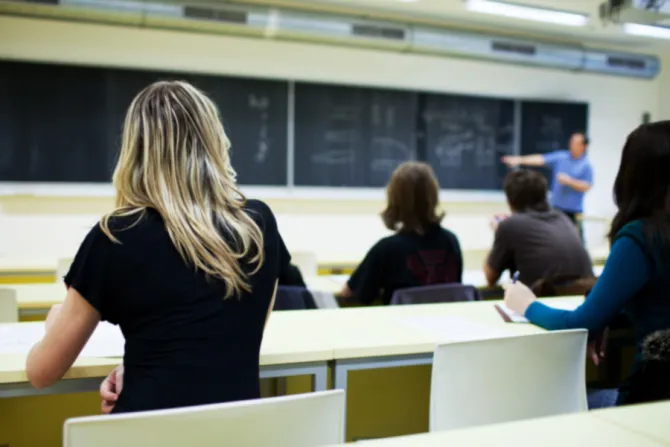Canberra, Australia, Nov 7, 2018 / 17:10 pm
Catholic schools in Australia have secured an increase in funding from the government following an outcry from Catholic leaders, but some Australians have been questioning the Church's tactics in securing the funding.
In July, the socioeconomic status review board in Australia announced changes to their methodology to measure more precisely parents' capacity to pay for schools. The new methodology would use parents' tax information rather than geographical census data.
This new model could lead to a $74 million a year funding increase for Catholic schools from 2020 onward.
This model replaces a controversial 2017 funding model put forth by then-education minister Simon Birmingham. He delivered a funding package in that would end special deals and create one funding system for all schools, public and private, The Guardian reported. That model would have resulted in funding increases for schools in some areas, but in others, such as the Australian Capital Territory, it would have deceased funding by nearly two percent.
Catholic leaders, including Archbishop Peter Comensoli of Melbourne, reportedly objected to the funding plan at the time, and parents in several districts holding elections received warnings in the mail of possible fee increases and school closures. Several members of the Australian Labor party expressed worry that any cuts to Catholic education would cost them votes in their districts.
The Catholic Education Commission in the state of Victoria campaigned for the Labor Party in at least one district, after the party pledged to increase Catholic school funding. Stephen Elder, the head of the commission, said that the lobbying was needed because 750,000 Catholic school students nationwide were likely to have to pay higher fees, and some schools faced closure.
Australia elected Scott Morrison, a member of the Liberal Party, as Prime Minister in August, and he replaced education minister Simon Birmingham with Dan Tehan.
Morrison then delivered a new school funding package in September that includes $3.2 billion to fund non-government schools over the next decade. It also includes a $1.2 billion "choice and affordability fund," only for independent and Catholic schools, to support rural and drought-affected schools and other schools that require extra aid.
An Australian public policy think tank released analysis suggesting that the $1.2 billion was more than enough to cover fee increases for low-income parents. The National Catholic Education Commission gave its full support to the new funding package.
Morrison stressed the importance of school choice, while also reiterating a commitment to government schools, which will receive increased funding, from $7.3 billion this year to $13.7 billion in 2029.
According to the National Catholic Education Commission, one in five Australian students attends a Catholic school, for a total of some 765,000 students in 1,741 schools.




